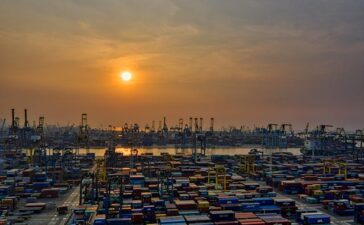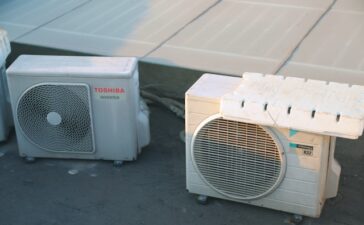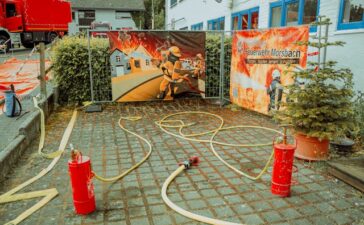Concrete forms the main part of today’s large-scale building work in Australia, where many sites open each year in city and country locations. Many sectors rely on concrete, but its waste, especially concrete slurry, causes new problems. A typical concrete slurry forms as workers mix water with small cement particles, which often happens with cutting, grinding, or polishing tasks. Uncontrolled slurry leads to problems like soil pollution, blocked pipes, and harm to rivers or lakes if it escapes into the environment. Handling and recycling concrete slurry in the proper way lowers risks for nature and helps construction teams use time and resources well.
Builders now see concrete slurry recycling as normal because it follows new rules for less pollution. Australia has extra rules, and companies want better ways to deal with waste. Recycling slurry stops water loss and keeps down the need for new sand or gravel. When the right process and equipment are used, slurry can be cleaned and used again. This method turns waste into resources and supports Australia’s goal to lower harm to nature.

Risks from Bad Concrete Slurry Disposal
Before managing slurry, you must know what is inside and why it matters. Slurry has a high pH because cement and lime raise alkaline levels. This can harm streams or lakes if it gets out. Pipes and drains face blockages, plants can die, and dry slurry can irritate skin or cause lung problems for workers. Allowing slurry to mix with rain or pour into ground increases long-term harm. If illegal dumping happens across Australia, heavy fines show the issue is serious.
Hardened slurry in pipes stops water, which means repairs need extra time and money. Rivers can fill with dust, blocking light and lowering oxygen for fish and plants. With these effects, builders must follow rules and use proven storage and treatment ideas. This keeps sites safer and nature protected for the future.
On-Site Methods to Manage Concrete Slurry
On-site slurry control starts with clear actions on the building site. Teams set rules for how to gather and hold slurry as soon as workers make it. Collection systems, like vacuum machines and special slurry pits, keep material from escaping or moving. Use of these tools is common in busy work zones and near places like wetlands or along coastlines where spills must not happen.
Many Australian builders use sedimentation as a main method, letting slurry sit in tanks or plastic-lined excavations so solid bits fall to the bottom. Treated or filtered water is collected and reused in other tasks, while dry waste solids are sent to waste stations. This type of step keeps pollution low and gives a way to use less new water and cut the costs of moving waste.
Learning is a must for all site staff. Each person should know the right way to use slurry machines, when to put on safety clothes, and how to report leaks at once. These steps help make green habits normal and build good standards across Australia’s building field.
New Technology for Concrete Slurry Recycling
New slurry recycling machines bring more choices for construction waste control. One key solution, the slurry separator, uses filters and mechanical parts to split cement from water. Using these machines, teams can reuse the clean water for washing or mixing, while the solid cement gets added into future concrete batches. Big projects in Australia have already switched to these systems because they handle high slurry volumes and work well on large worksites.
Portable slurry treatment units appear as another recent tool for remote locations. These mobile devices let workers finish slurry recycling on-site and avoid moving waste far distances. In rural or hard-to-reach parts of Australia, the use of these portable units lowers expenses and solves the problem of limited access to big waste facilities.
Waste slurry, once cleaned, is now tested as a raw material for road sub-base or general fill in new building jobs. This method allows for less landfill use and helps create a steady supply of recycled base materials. Companies that try these new slurry technologies can match government rules and at the same time show strong results in waste reduction to project partners and clients.

Laws and Company Roles in Australia
Australia enforces environmental regulations through each state’s Environmental Protection Authority (EPA), including strict rules for concrete slurry disposal. If workers do not follow these rules, the EPA can apply large fines or stop building work until issues are fixed. State guidelines in places like New South Wales and Victoria state that concrete slurry must be contained, treated onsite, and kept away from drains or waterways.
Construction firms use Environmental Management Plans (EMPs) to match these requirements. These documents describe step-by-step methods for collecting, treating, and disposing of slurry through the lifetime of a project. Project approval often depends on strong EMPs, and these plans also prove the company’s efforts toward resource-saving work habits.
Setting standards beyond the law, leading construction names encourage active slurry recycling to lower the pollution from building work. By reusing slurry, firms support the circular economy idea, where waste gets changed to new use instead of simple disposal. Teamwork between site teams, waste engineers, and environmental professionals keeps the concrete lifecycle safe and meets both environmental and business needs.





